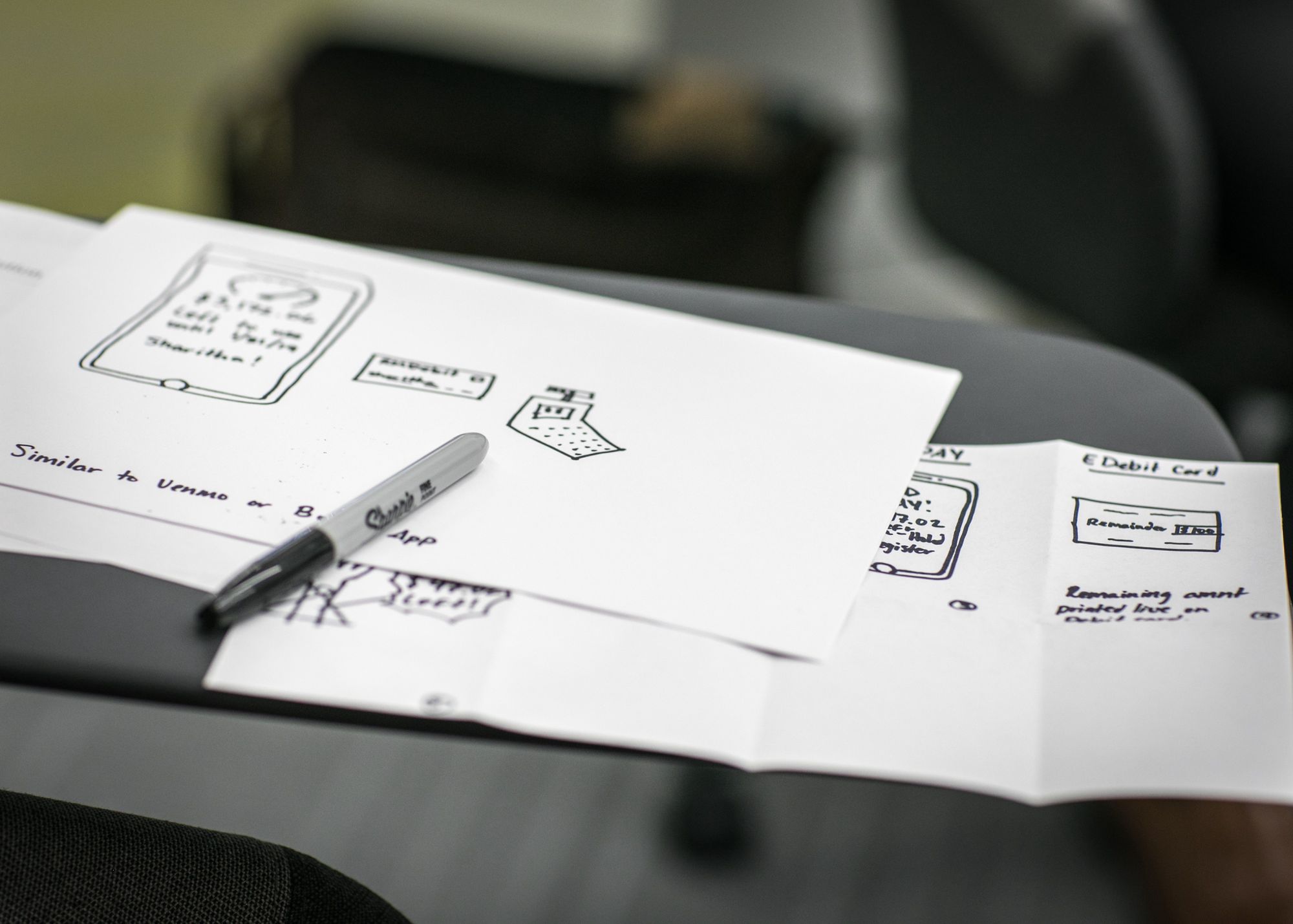Using electric car manufacturing as an example, I’ll illustrate the difference first:
A prototype for an electric car might be a wooden, life-size model of the car. The model could be used to show the exterior and interior design and the car’s size. This prototype likely wouldn’t have an engine. Or it could have an engine, as well as all of the other components it needs to drive. But it would be a barebones skeleton of a car, not at all usable.
An MVP for an electric car could be a scooter or a bicycle that is powered by a simple version of your car’s engine. It will be smaller, cheaper and easier to manufacture than the car, but you’ll still have built a usable form of transportation that people will be willing to pay you money for. And you’ll build it for a similar audience, to some extent — people who buy electric scooters today could buy electric cars from you ten years from now.
Both prototypes and MVPs are used to learn about a product. Where they differ is in purpose.
Purpose
Prototypes are built to test certain properties of a product. For example, when game console designers build new gamepads, they create prototypes to test how good these devices will feel in a player’s hand. They want to test how easy it is for players to access buttons and other features.
In that regard, prototypes are a way for you to learn more about your product. But what you create is not a useable product. You can’t test a prototype in the market. Prototypes aren’t for sale; they are a mere demonstration of value that the final product will have.
Most of the time, prototypes are created to present an idea to key stakeholders. Architects and interior designers create prototypes of the structures and spaces they’re going to create to show their clients their ideas. Clients need to get a glimpse at the look and feel of a project before they approve it, and when looking at pictures doesn’t suffice, prototypes come in handy.
MVPs serve a different purpose. They’re created to get approval from the market. If you have a concept for a restaurant, you can create an MVP in the form of a pop-up bar in a mall. If people like what the pop-up offers, you can then invest your money into something bigger armed with the knowledge that you gathered from your MVP. Or, you can create another minimum product to test a variation of your idea. The point is, MVP is more than a demonstration; it’s a fully functional product with a minimal set of features.
Oftentimes, prototypes are quick to create, and they’re thrown away as soon as they serve their purpose. Designers often create clickable prototypes of interfaces that are never used after an initial presentation. Once an idea is approved, developers have to recreate all images from scratch.
MVPs are the actual working implementation of a product (though just a minimal one). Thus, they are expected to be used again and improved on over time as you learn about the product and gather feedback. (In software development, however, MVPs are often created in a hurry with a limited set of resources, which means they’re hard to maintain and build upon. It’s not rare for software MVPs to be discarded and re-created once an idea is validated and the product has a market fit.)
It’s important not to focus on product development when building an MVP. Because in a lot of situations, an MVP is a service, not a product. For example, if you want to build a SaaS to sell tickets to book readings, you might create a service that only lists book readings in a particular area, then see if someone will pay you, either for listing their event on your website or for getting access to the list of events. Only after you have found some success and learned how to reach your target market should you begin automating the process and building an app.
Should You Bother with Creating a Prototype?
It depends on your goals. Prototypes are great for illustrating and testing an idea. If a UI/UX designer can create a prototype of an interface, they can use that to start interviewing potential customers and get feedback from them way before development starts. This kind of prototype will save you a lot of money and will allow you to gather plenty of useful feedback. The earlier you are in the development process, the easier it is to make changes to a product.
Prototypes are also useful in software development when you’re not sure how some feature will work, and you need a proof of concept to test it. It can be an implementation of the app that takes into account only the happy path, also mocking other things — like screens and interactions outside of the happy path, as well as backend processes and automation. Or it can be a set of screens that you go through on a mobile device. Or even a video. Any situation where you can’t make a decision until you see something in action might call for a prototype. For that reason, I’d say that yes, a prototype can serve as a useful tactical tool.
Originally published on Medium






